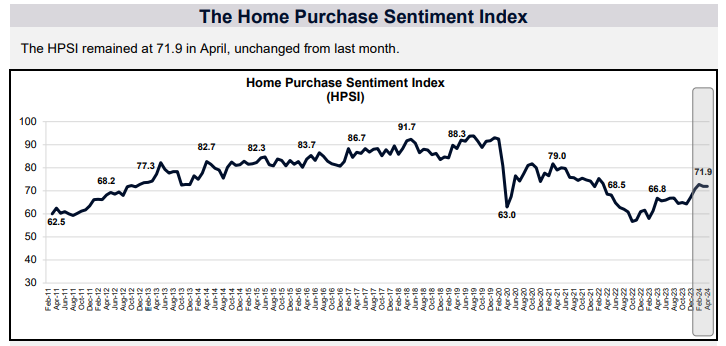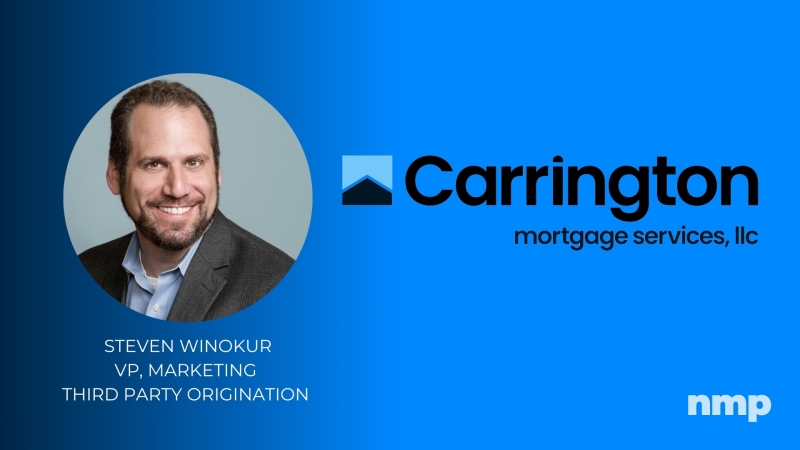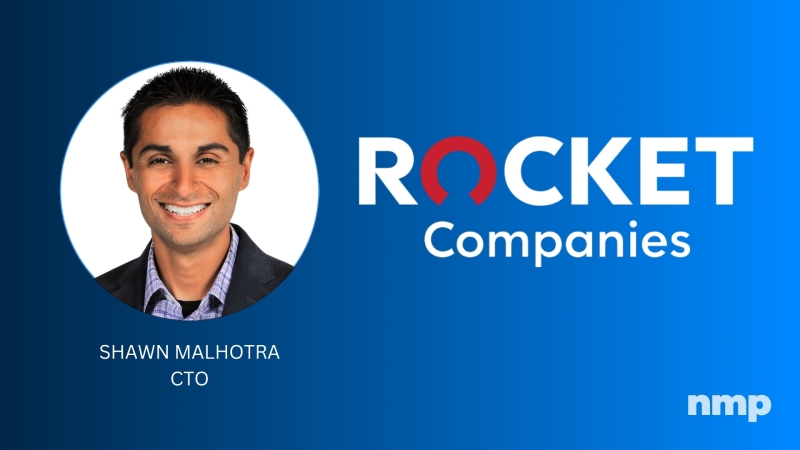Advertisement
Mortgage Liquidity Just Got a Little Looser

The mortgage origination industry will be facing some concrete challenges this year. Traditional agency loan volume is predicted to suffer as home prices increase, regulatory costs increase and the possibility of further Federal Reserve monetary tightening looms. In order to offset these expectations and remain competitive in this unpredictable environment, mortgage originators should think outside the box—the credit box, that is—and diversify their product offering in order to continue building steady business.
For example, non-agency mortgage lenders have started offering new non-prime products that require as little as 10 percent down. This move to increase loan-to-value (LTV) ratios to 90 percent allows borrowers to obtain a higher quality loan without depleting their entire savings, and allows lenders to continue to grow an underserved sector of the market.
Skeptics are bound to be thinking, “Here we go again,” but these products are vastly different from those of the mid-2000s that sparked the financial crisis. The differences between these products is striking and begs repeating:
In 2006, the average credit score of subprime loans was 580, income was often undocumented, there was no down payment requirement and regulatory oversight was very limited. Flash forward 10 years to today and the field looks much different. Borrowers that qualify for today’s non-prime loans have an average credit score of about 680 are able to make a 10-to-20 percent down payment, must be able to show fully-documented income and comply with tighter regulations, like ability to repay (ATR) requirements. These loans are very high quality, which has been proven by their amazing performance over the last two years.
One way in which borrowers can significantly reduce the interest rate of a non-prime loan compared to a single loan with the same LTV is by getting a combo loan. With a combo loan, the first loan covers the majority of the mortgage—say 75 percent—at a lower interest rate, and a second loan is issued at a higher rate and is used to supplement the downpayment. The weighted average rate of the two loans ends up being very reasonable compared to a single loan and the borrower avoids any mortgage insurance payments.
One way in which borrowers can significantly reduce the interest rate of a non-prime loan compared to a single loan with the same LTV is by getting a combo loan. With a combo loan, the first loan covers the majority of the mortgage—say 75 percent—at a lower interest rate, and a second loan is issued at a higher rate and is used to supplement the downpayment. The weighted average rate of the two loans ends up being very reasonable compared to a single loan and the borrower avoids any mortgage insurance payments.
The year 2016 is bound to be a pivot year for the mortgage industry. As mortgage lenders step up the breadth of their products and include 10 percent down, non-agency/non-prime loans, as well as other unique mortgage products, the industry is certain to see more borrowers enter the market.

Tom Hutchens is senior vice president of sales and marketing at Angel Oak Mortgage Solutions, an Atlanta-based wholesale/correspondent lender licensed in more than 35 states and operating in the non-QM space for over three years. Tom has been in the real estate lending business for nearly 20 years. He may be reached by phone at (855) 539-4910 or e-mail [email protected].
This article originally appeared in the February 2017 print edition of National Mortgage Professional Magazine.
About the author





